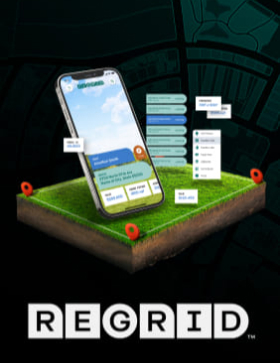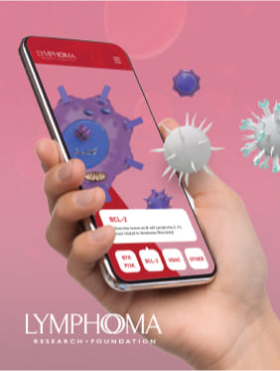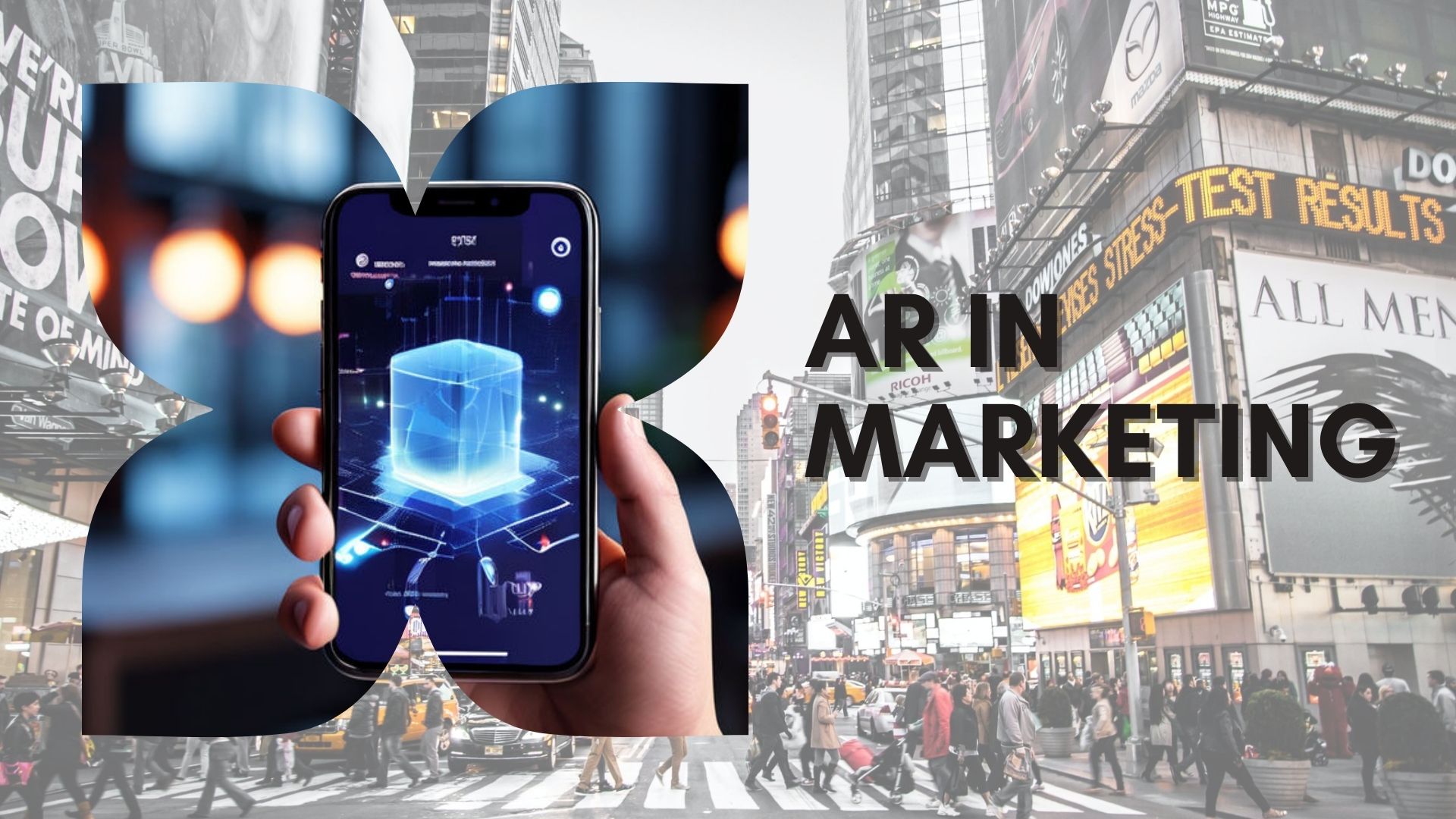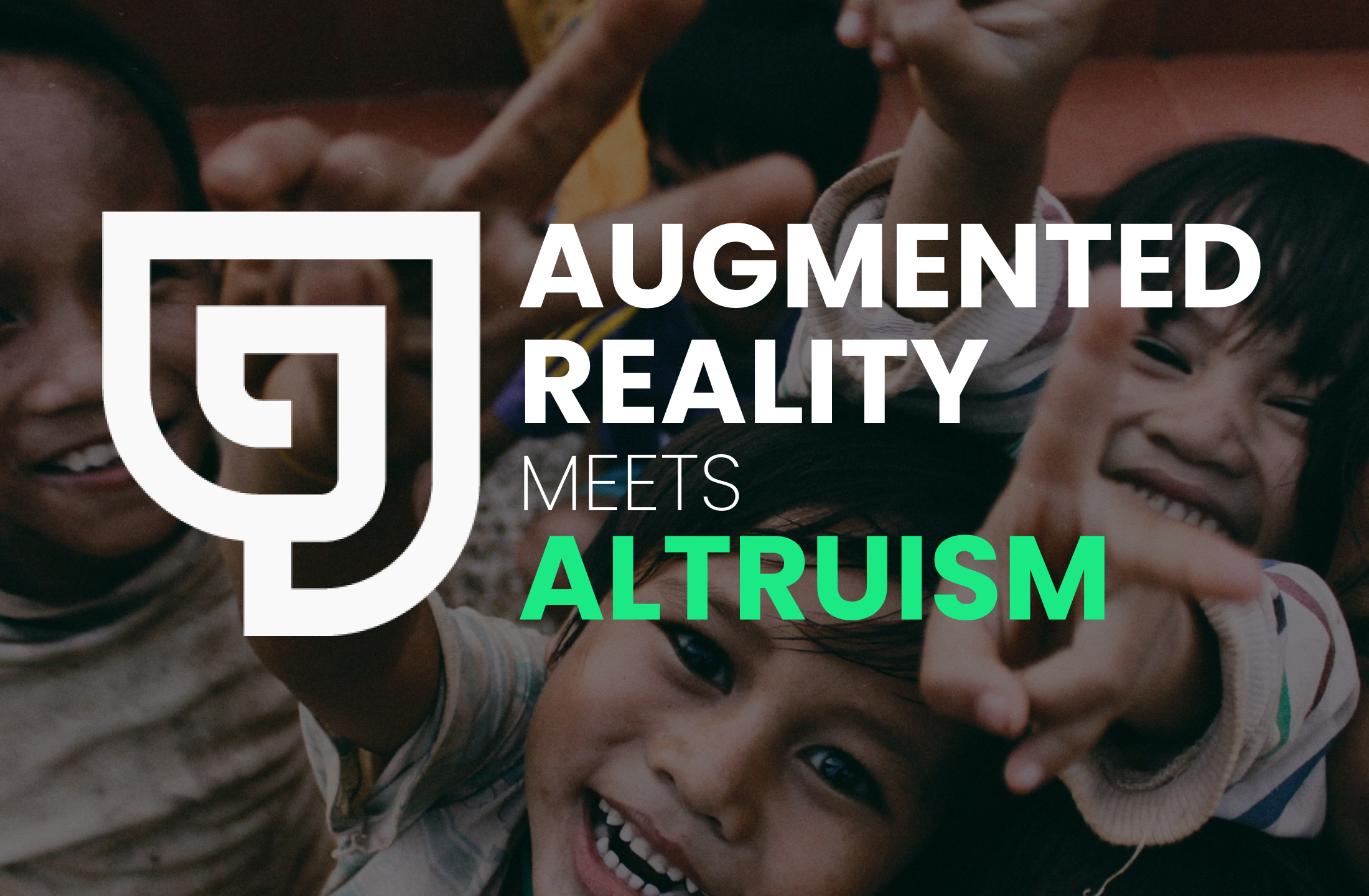
It’s no secret there is a lot of money in technology. As you may know, augmented reality alone is projected to be a $74.8 BILLION industry by 2030. That’s right, billion with a capital B. As eye-popping as that number is, let’s set it aside to explore a world where augmented reality tech collides with the most human experience of all: compassion… A world that we at Gravity Jack hope to help create through several projects, starting with our new AR mobile game, the WarTribe of Binyamin.
Altruism, at its core, is the art of selflessly helping others without expecting anything in return. Now, imagine this altruism wearing a superhero’s cape embroidered with the letters AR, a technology that blends potentially life-altering digital content with the real world. It’s not about seeing a digital bat signal in your living room (although that would be pretty cool), but about using this tech to champion causes, stir empathy, and amplify our capacity for good deeds.
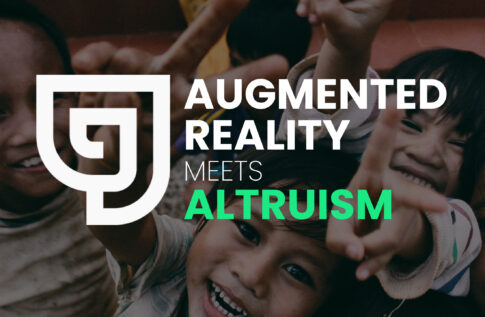
Altruism In The WarTribe of Binyamin
We’ve discussed WarTribe of Binyamin at length in several different posts, most recently examining how geolocation services will impact gameplay. However, did you know there is a major altruism component within the game itself? WarTribe of Binyamin has the potential to build a cross-border community — leveraging in-game purchases from robust economies to directly support weaker markets by enabling players to translate text into their native languages. The details on how Gravity Jack is using AI to build a custom natural language processor are all laid out on our StartEngine page. If you’re a visionary interested in the potential of AI tech, we highly recommend you check it out!
In short, WarTribe of Binyamin’s ability to create revenue through translation regardless of player’s education, status, or location will have an unprecedented effect on global poverty and the international market. In-game revenue will be tangible, so the ability to earn money for a starving household in an unbanked area can and will have major implications. This household can then teach their neighbors how to earn which ultimately creates a ripple effect throughout an entire community, then an entire area, then an entire region – ultimately leading to the introduction of entirely new market groups in the worldwide economic stage.
This is all happening as there is a worldwide shift in consumer preference for AR experiences as people begin embracing the digital age. Tim Cook himself believes that we are heading to a point where AR experiences will become as frequent and natural as eating 3 meals a day. Which begs the question, how else can altruism work alongside augmented reality?
Facilitate Remote Aid and Disaster Relief
During crises or natural disasters, AR can facilitate remote assistance and aid efforts. By leveraging AR-enabled devices, relief organizations and aid workers can assess situations, create maps, and coordinate relief efforts more effectively. For instance, AR can overlay maps with real-time data on affected areas, helping responders navigate challenging terrains or identify safe zones. Moreover, AR can enable volunteers worldwide to contribute remotely by providing real-time guidance and instructions for tasks like distributing aid or setting up emergency shelters.
Improving Healthcare and Accessibility
Augmented reality is showing real promise in enhancing healthcare services and accessibility, especially in underserved areas. AR-powered applications can assist healthcare professionals in performing complex surgeries by providing real-time information, guiding procedures, and facilitating collaboration among experts across different locations. Moreover, AR can support medical training by simulating realistic scenarios, allowing students to practice in a safe, immersive environment, ultimately improving the quality of care, especially in regions with limited resources.
Enhancing Education and Awareness
AR has the capacity to augment educational experiences, making learning more immersive and engaging. In the realm of altruism, it becomes a powerful tool to raise awareness about social issues. For instance, AR applications can overlay information and statistics onto real-world settings, allowing individuals to visualize the impact of various global crises like poverty, climate change, or lack of access to clean water. By providing a firsthand, immersive experience, AR can evoke empathy and prompt action among individuals who may otherwise feel disconnected from these issues.
Moving Forward
The integration of augmented reality into altruistic initiatives presents a realm of untapped potential. However, this isn’t going to happen on its own. Augmented reality’s successful integration into altruistic endeavors requires collaboration among technologists such as ourselves, philanthropists, nonprofits, and communities. Through projects like The WarTribe of Binyamin, we can use augmented reality to inspire empathy, drive positive change, and create a better world for generations to come. Embracing the potential of AR in altruism is not just about technology; it’s about leveraging innovation to uplift humanity and build a more compassionate and interconnected global community.

